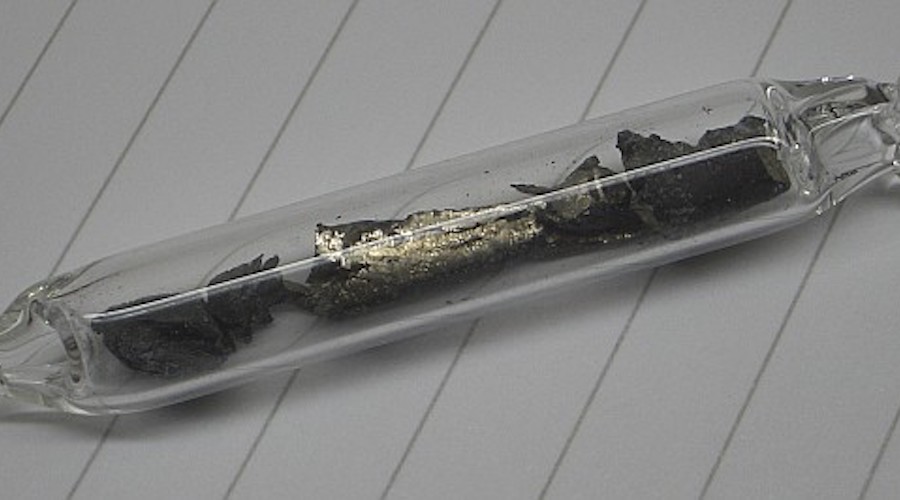Roskill predicts tight supply of NdFeB magnet rare earths

In a recent report, analyst Roskill forecasted that the market share of neodymium-iron-boron or NdFeB-based rare earths will grow to 38% of total demand by 2029.
The rise is explained by the fact that NdFeB magnets have become the key technology in new-energy and energy-saving applications such as electric vehicles, wind turbines and other electric motor applications.
On a supply basis, Roskill’s document explains neodymium, praseodymium and dysprosium, three of the key elements used in permanent magnets, together account for only 23% of total rare earth element output. This emphasizes “the imbalance in supply and demand that will continue to drive a growing surplus of other elements, mainly cerium and lanthanum.”
According to the market expert, neodymium supply will remain tight over the 2020s and, similarly, the supply of dysprosium is predicted to slip into deficit between the mid- to late-2020s due to its low natural relative proportion in most rare earth ores.
There is hope, though. “Though China will remain the largest producer, new non-Chinese rare earth operations are expected to be commissioned during the forecast period to keep pace with demand growth,” the report states.
{{ commodity.name }}
{{ post.title }}
{{ post.date }}




Comments